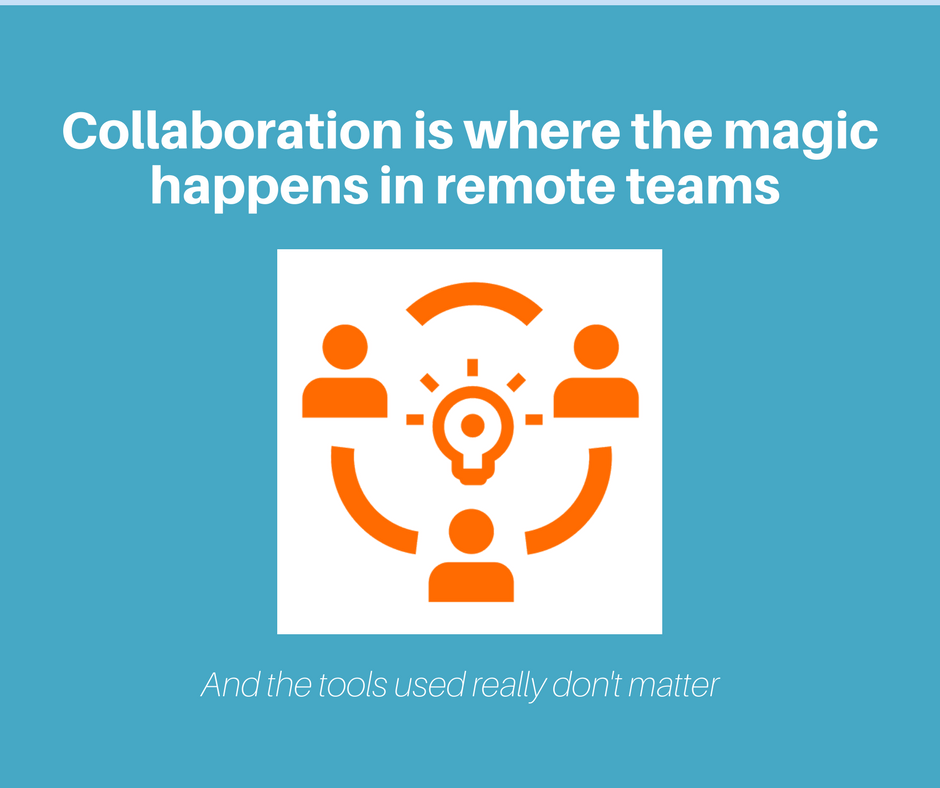These Tools are So Last Year!
I’m currently writing a book on running online meetings. One of the dilemmas (although “dilemma” might be too strong a word) I’m having, is how much to refer to current technology. Naming tools and platforms popular right now might well date the book very quickly.
In around twenty years of reading management and leadership books, I’ve never seen a topic evolve faster than leading tech-enabled teams. The early 2000s saw a range of very comprehensive, high-quality books being published on the subject, but a lot of them are now out of date. Looking for inspiration earlier today, I came across a perfect example of this and thought I’d share it with you.
Evolving at the Speed of Light
I was reading the Harvard Business Press’ Pocket Mentor to Leading Virtual Teams, published in 2010. Most of the material is still relevant today as it addresses topics like trust and team identity, so if you’d like something short and practical, this book is for you.
However, only seven years later, the chapter on technology will seem out of date for those of us who have been in the virtual working/collaboration space for a while. (Although it’s worth pointing out that the section on email is still highly relevant!)
After considering the benefits of “video conferencing”, the authors write:
“However , video conferencing can be complicated and costly, only a limited number can participate meaningfully and it typically requires the help of people with technical skills. […] Unfortunately, systems from different vendors aren’t always compatible with different computers. So if your team opts for video, be sure everyone gets a compatible system.”
I must admit that, as I share these words with you, I’m noticing that even if the first few words are out of date, the rest of the advice still stands. Everyone on a call/meeting needs to know how to use the technology, and we have to make sure that everyone has access to the right equipment to make the meeting work.
So, totally out of date on one affordability and complexity aspect, but still on point on the other.
Any Tool Will Do
If this first example made you smile, this second one will make widen your smile.
I turned to the section “Tools for Leading Virtual Teams”.
I found a series of tables. One for "Contact Information for Virtual Team Members", one with a series of questions about the purpose of virtual teams, another table was a Culture Check… (I would upload an image of them here, but I’m still respectful of copyright laws…)
So definitely not what I would expect in the section “Tools for Leading Virtual Teams” only seven years after the book was written.
Although the main reason why I’m sharing this with you here is that I hope it will make you smile, it’s also a reminder that technology is there to support your team’s work.
It doesn’t matter what the tool is.
What’s important is what the tool is doing for your team.
The tool might be incredibly simple (a spreadsheet with your team member’s location and contact details) or the it might be high-end and sophisticated.
That’s not the point.
What’s important is what the tool enables you to do.
You and your team members need to be clear about why you’re using it, how to use it and you must agree on how you’ll use it together. Then when in future you update or upgrade that tool, the fundamental role and behaviours it supports will continue undisrupted.
This and other blog posts have been collated into our book on leading remote teams: Thinking Remote: Inspiration for Leaders of Distributed Teams. Available in paperback, ebook and audiobook.

